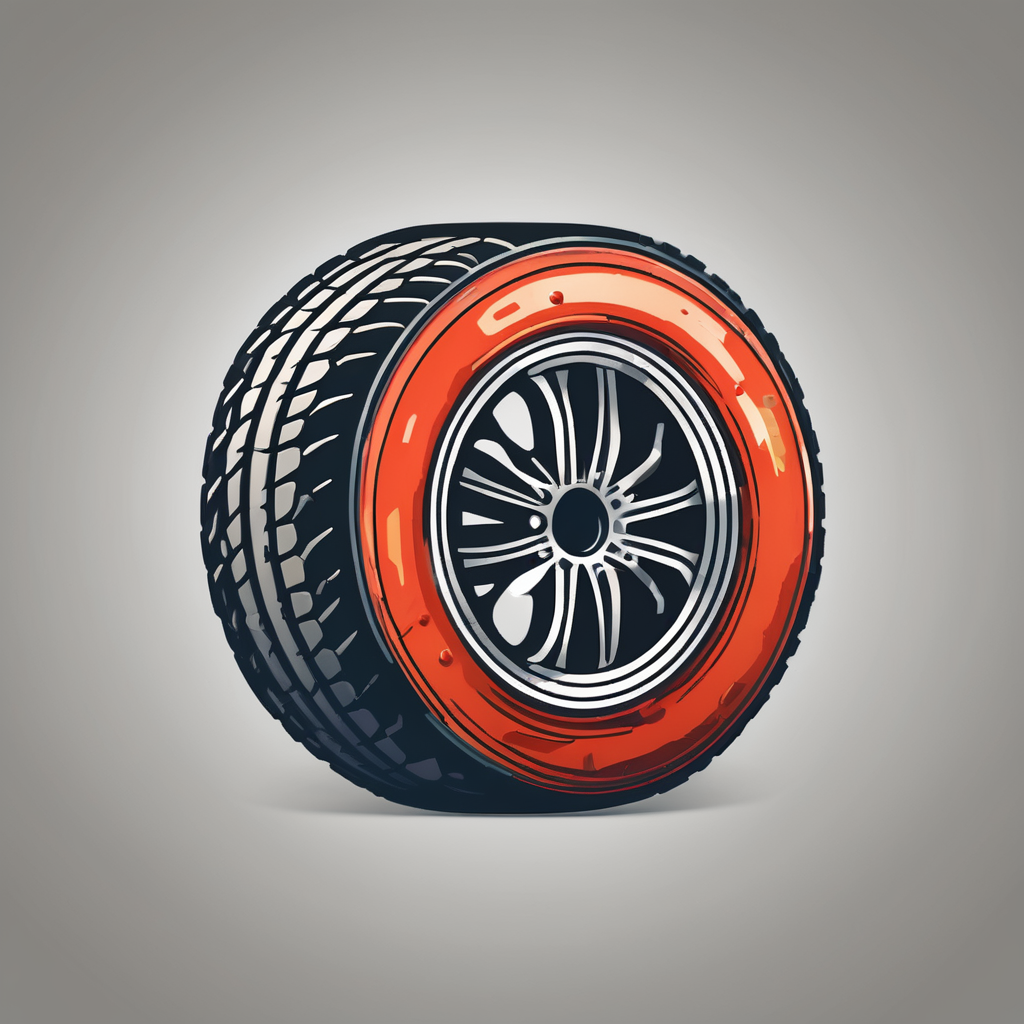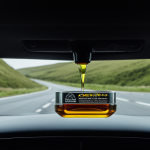Advanced Wheel Alignment Techniques for British Off-Road Terrain
Mastering wheel alignment techniques specifically for British off-road terrain requires nuanced adjustments to optimize performance across mud, slate, peat, and gravel surfaces. These diverse ground conditions demand targeted off-road wheel alignment modifications to maintain maximum grip and handling.
The key lies in adapting camber, toe, and caster angles depending on the dominant surface. For example, increasing negative camber on muddy or peat-heavy tracks enhances tire contact during sharp turns by counteracting body roll. Slightly toeing in the wheels can improve straight-line stability on loose gravel, preventing unwanted wandering. Meanwhile, adjusting caster angles contributes to better steering returnability and control amid unpredictable terrain bumps.
Topic to read : Transform Your British Luxury Car’s Interior: The Ultimate Expert Detailing Guide – A Step-by-Step Manual for Perfection
British weather complicates this further. Frequent rain and dampness alter grip levels, making consistent wheel alignment techniques essential to preserve vehicle control. Proper alignment reduces tire slippage and uneven wear, vital for off-road safety and maintaining traction on slippery or uneven ground. Fine-tuning alignment settings for local terrain nuances ensures smoother rides, less driver fatigue, and safer off-road adventures regardless of conditions.
In essence, mastering British terrain adjustments through precise off-road wheel alignment improves handling characteristics and crucially sustains traction, even in the most challenging weather patterns and surface types.
Also to see : Unlock the Power: Essential Torque Specs for British Sports Car Engines
Critical Impact of Alignment on Off-Road Traction and Safety
Proper alignment and traction are inseparable in off-road driving, especially on British terrain. Misalignment often causes uneven tire contact with the ground, leading to slippage and increased accident risk. When camber, toe, and caster are not optimized, tires fail to maintain consistent grip, negatively affecting traction and overall off-road safety.
Enhancing grip starts with tailored alignment that accounts for specific surface characteristics like mud’s softness or gravel’s loose texture. For instance, increasing negative camber on slippery surfaces improves lateral grip, while slight toe adjustments help stabilize straight-line driving on uneven tracks. These refinements directly enhance handling, allowing drivers to maintain control on unpredictable ground and avoid dangerous skidding.
A real-world example comes from British off-road enthusiasts who face sudden weather shifts. By consistently adjusting alignment to counter wet and muddy conditions, drivers report fewer slips and better vehicle responsiveness. This practical experience underscores how alignment changes optimize traction and reduce wear, safeguarding both driver and vehicle.
Ultimately, prioritizing alignment and traction translates into safer off-road adventures and extends tire life, essential in navigating the demanding British off-road landscape.
Advanced Wheel Alignment Techniques for British Off-Road Terrain
Adapting off-road wheel alignment techniques to diverse British terrain—such as mud, slate, peat, and gravel—requires precise fine-tuning of camber, toe, and caster angles. For muddy or peat-heavy trails, increasing negative camber enhances tire contact during cornering by compensating for body roll, which improves off-road traction on slippery surfaces. Conversely, on gravel where loose stones can cause wandering, setting a slight toe-in stabilizes straight-line driving, reducing erratic movement and enhancing steering responsiveness.
Caster adjustments are equally vital. Increasing caster angle helps with steering returnability and directional stability, particularly when navigating the uneven undulations common in British off-road environments. These tailored alignment settings ensure the vehicle responds predictably despite the erratic surface conditions.
Unpredictable British weather intensifies the need for dynamic British terrain adjustments. Frequent rain and dampness lower grip levels; thus, maintaining fine control over alignment ensures tires sustain optimal ground contact, reducing slippage and uneven tire wear. Practically, this means off-road drivers should regularly reassess alignment based on seasonal and terrain changes, relying on specific angle calibrations to optimize handling and safety in the face of ever-changing terrain and weather conditions.
Step-by-Step Guide to DIY Off-Road Wheel Alignment
Mastering DIY wheel alignment for British off-road conditions requires precise preparation and systematic execution. Begin by setting up a flat workspace with ample lighting and marking tape to track wheel positions accurately. Essential tools include a camber gauge, toe plates or measuring tape, a caster gauge, and a sturdy jack or lift. Calibration of each tool beforehand ensures measurement accuracy.
Start the alignment process by measuring the current off-road wheel alignment angles: camber, toe, and caster. For camber, use the camber gauge to check wheel tilt relative to vertical. Next, assess toe alignment by measuring the distance between front and rear edges of the tires using toe plates or tape. Finally, use a caster gauge to determine the steering axis angle, crucial for responsiveness on unpredictable British terrain.
Make incremental adjustments:
- Alter camber to improve grip on slippery surfaces like mud or peat.
- Adjust toe settings to stabilize driving on gravel sections.
- Fine-tune caster to enhance steering returnability after bumps or turns.
After each adjustment, re-measure angles to confirm accuracy. This iterative method minimizes alignment errors, addressing shifting conditions found on British off-road trails. Regular DIY checks empower drivers to maintain ideal wheel alignment techniques without costly professional visits.
Selecting Equipment for Professional-Grade Wheel Alignment
Choosing the right wheel alignment equipment is vital for precise and reliable off-road wheel alignment in British terrain. Professional alignment tools must withstand harsh conditions while delivering accurate measurements. Essential gear includes laser alignment systems for quick, non-contact readings, and digital camber and caster gauges that provide exact angle data even in muddy or damp conditions.
Portable and weather-resistant equipment is crucial. British off-roaders benefit from compact, rugged tools designed for on-site adjustments, minimizing downtime during fieldwork. Such specialised gear often integrates with diagnostic software, enabling rapid analysis and fine-tuning of alignment parameters like camber, toe, and caster, all tailored to British terrain adjustments.
Invest in tools that accommodate varying wheel sizes and suspension types typical of off-road vehicles. Multi-function devices combining toe plates, camber gauges, and caster readers streamline the process, increasing efficiency without sacrificing accuracy.
Ultimately, professional-grade alignment technology empowers off-road enthusiasts and technicians to maintain optimal off-road traction and vehicle control, adapting quickly to the unpredictable British landscape. This equipment ensures that alignment corrections are both precise and durable, maximizing safety and performance across diverse off-road surfaces.
Advanced Wheel Alignment Techniques for British Off-Road Terrain
Adapting wheel alignment techniques for British off-road environments demands precise calibration to handle mud, slate, peat, and gravel surfaces effectively. Each terrain requires different off-road wheel alignment settings to optimise off-road traction and maintain vehicle control.
For muddy or peat-rich tracks, increasing negative camber counters body roll, ensuring tire tread maintains solid ground contact, which boosts lateral grip essential on slippery surfaces. On slate or gravel, slight toe-in adjustments help stabilise the vehicle by reducing unwanted wandering and improving straight-line control. Caster angle fine-tuning enhances steering returnability and overall responsiveness on uneven British terrain.
British weather introduces unpredictable shifts in grip and moisture, so British terrain adjustments must be flexible. Rain or damp conditions decrease tire adhesion, making frequent assessment and correction of alignment angles crucial. This ongoing adjustment prevents uneven tire wear and maintains consistent handling.
Together, adapting camber, toe, and caster angles precisely for each surface type and weather condition ensures superior off-road traction and safer navigation across British landscapes. These wheel alignment techniques empower drivers to conquer varied terrain while minimising wear and maximising control.








